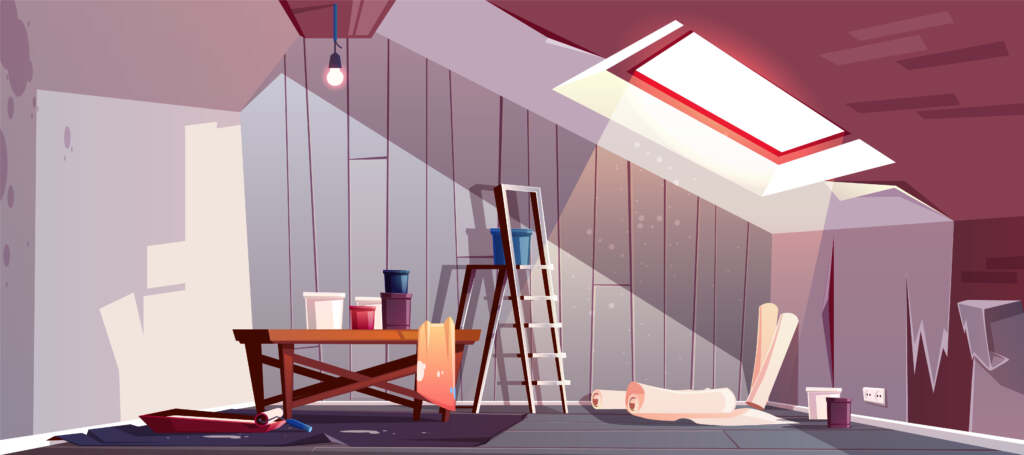What is Tanking? A Beginner’s Guide to Waterproofing Walls


If you’ve ever heard someone mention tanking and thought, “Wait, what on earth is that?” — don’t worry, you’re not alone. Tanking (also called waterproofing) is basically the process of keeping dampness out of your walls, floors, and ceilings — especially in basements and cellars.
Why is this a big deal? Well, with house prices on the rise, more people are turning to basement conversions as a clever way to create extra space without moving. A dry, waterproofed basement can be turned into almost anything: a cozy living room, a home office, a bathroom, a wine cellar… even a recording studio if you’re feeling creative. In commercial buildings, basements often double as storage rooms, bars, nightclubs, restaurants, or parking spaces. Once it’s waterproofed, the only limit is your imagination.
Not all basements are created equal, so the “right” system really depends on your property and what you want to use the space for. Here are the main options explained in plain English:
This system uses a special waterproof slurry — think of it like a super-tough coating that gets applied to walls, floors, or ceilings. The Vandex BB75 powder is mixed with water, then sprayed or troweled on. Once it sets, it bonds with the masonry and creates a strong barrier that stops water from sneaking through. Simple, solid, and reliable.
If you’ve got an older property (Victorian houses in the UK are a classic example), this system is often the go-to. Instead of relying on the condition of the existing walls, a studded plastic membrane is fixed to them, creating a sealed surface.
From there, you can add plasterboard, a floating timber floor, or even screed on top. Since water still needs a way out, this system usually includes a sump and pump to drain away any moisture. For extra peace of mind, some people also add a drainage channel at the base of the walls.
In many cases, the best solution is to mix and match. For example: use the studded membrane system on walls and floors, and the slurry system on the ceiling. It’s a belt-and-braces approach that gives you the best of both worlds.
Tanking might not sound glamorous, but it can totally transform a damp, gloomy basement into a bright, usable space. Whether you want a home cinema, a guest room, or just some extra storage, waterproofing is the first step to making it happen. Think of it as unlocking hidden square footage in your home.
References to London Online on the website include all elements. Each entity in the London Online network is responsible locally for the management and ownership of its respective website(s). While London Online makes every effort to ensure that everything on the website is accurate and complete, we provide it for information only, so it is indicative rather than definitive. We thus make no explicit or implicit guarantee of its accuracy, and, as far as applicable laws allow, we neither accept responsibility for errors, inaccuracies or omissions, nor for loss that may result directly or indirectly from reliance on its content. Users of the website should not take or omit to take any action that relies on information on the website. London Online may correct or update the website without prior notice. In making the website available, London Online does not imply or establish any client, advisory, financial or professional relationship. Through the website, neither London Online nor any other person is providing advisory, consulting or other professional services.